The new generation of video calling - all the ways you can keep in touch face-to-face
Discover all the ways you can video call to ensure speaking to friends and family is a far more personal experience
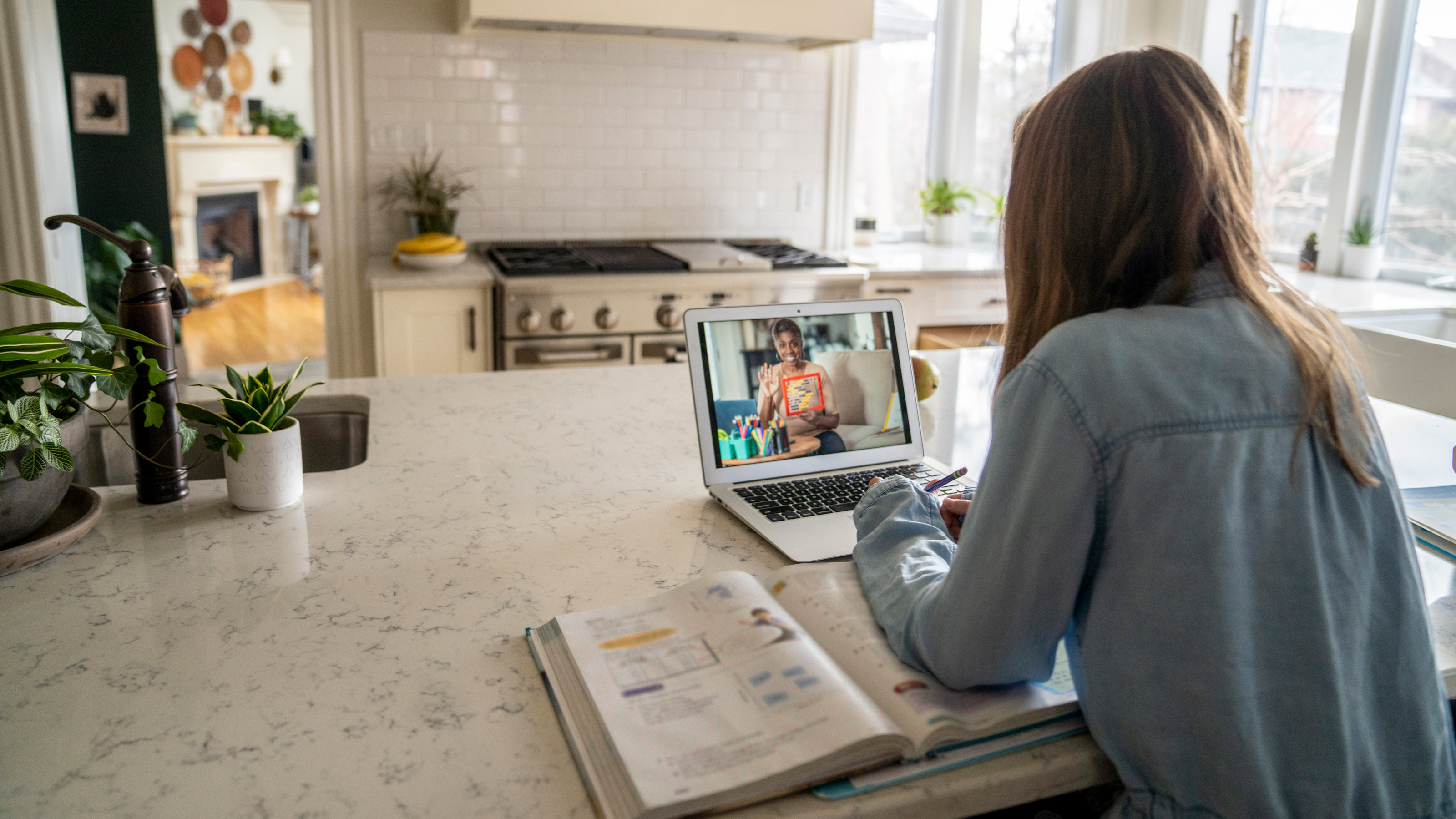

Like it or loathe it, video calling has a place in our modern, smart home-enabled lives. Whether it's a special occasion or just keeping in touch, seeing someone when you're calling them makes it a far more personal experience, one that allows you to connect in a more meaningful way.
Video calling is by no means a new smart home trend for 2024. We’ve all been chatting via FaceTime, Skype, WhatsApp, and Zoom for some years now, specifically honing our skills throughout the pandemic that even most technophobic grandparents are pretty au fait with video call etiquette.
So what’s new? Read on to discover the new apps on the block, as well as new functionality to make your calls more enjoyable.
The most used software
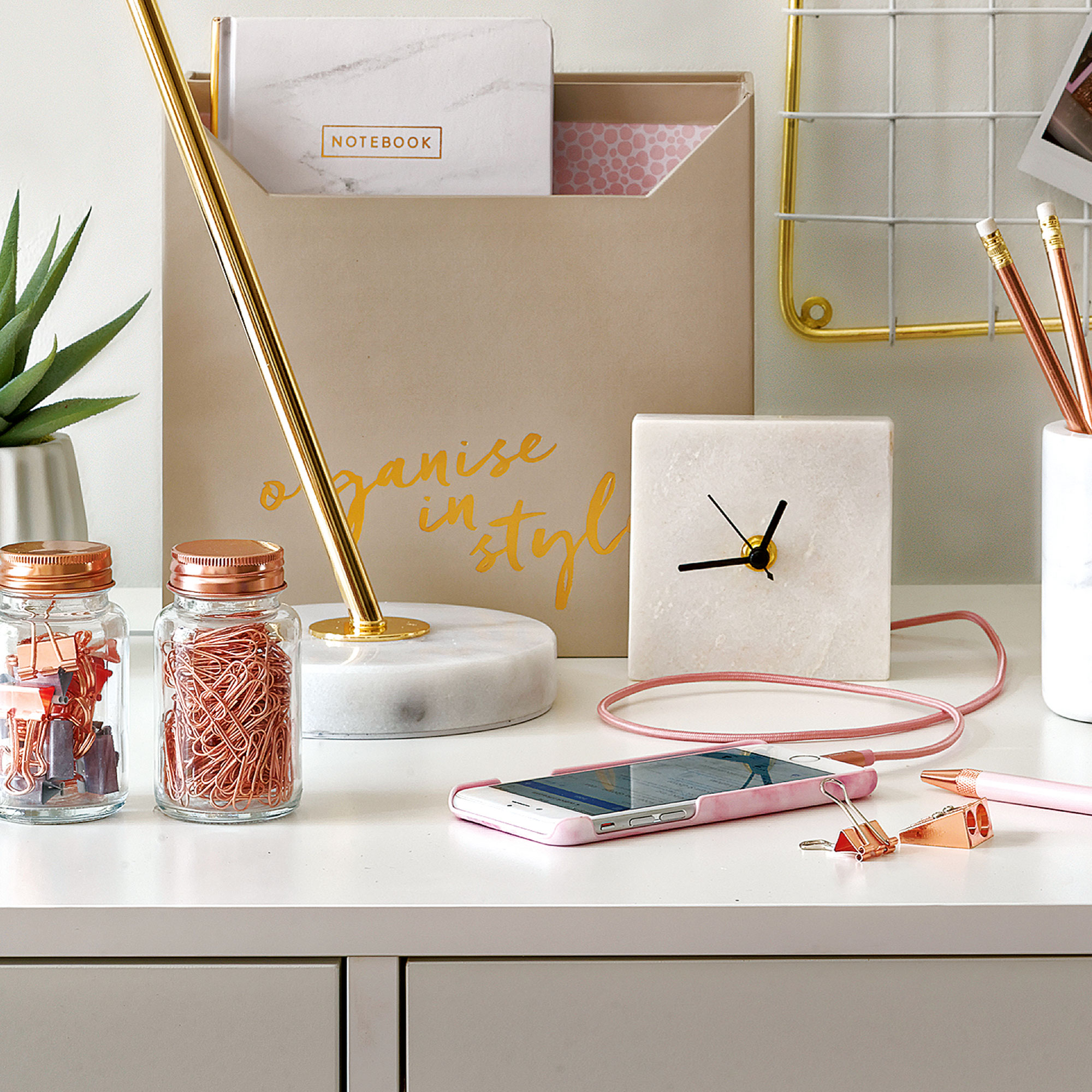
Most people will be familiar with WhatsApp and while you may not use the video call function that often, it couldn’t be easier to use, via the video icon at the top of each contact or group.
It’s also available to use on a tablet, laptop, or desktop computer. Just download it via Web.WhatsApp.com (you will need to link it with Whatsapp on your phone - see Linked Devices).
FaceTime is only available between Apple devices - iPhones, iPads, and Mac computers all run the facility as standard. You can accept a FaceTime call on an Android device or a PC but only if you have been sent a link from an Apple user (to send a link, open the app, click 'Create link' at the top left of the screen and follow the instructions to send).
Other well-established names include Zoom and Skype, both of which can be used on a mobile device or a desktop.
Use your assistants
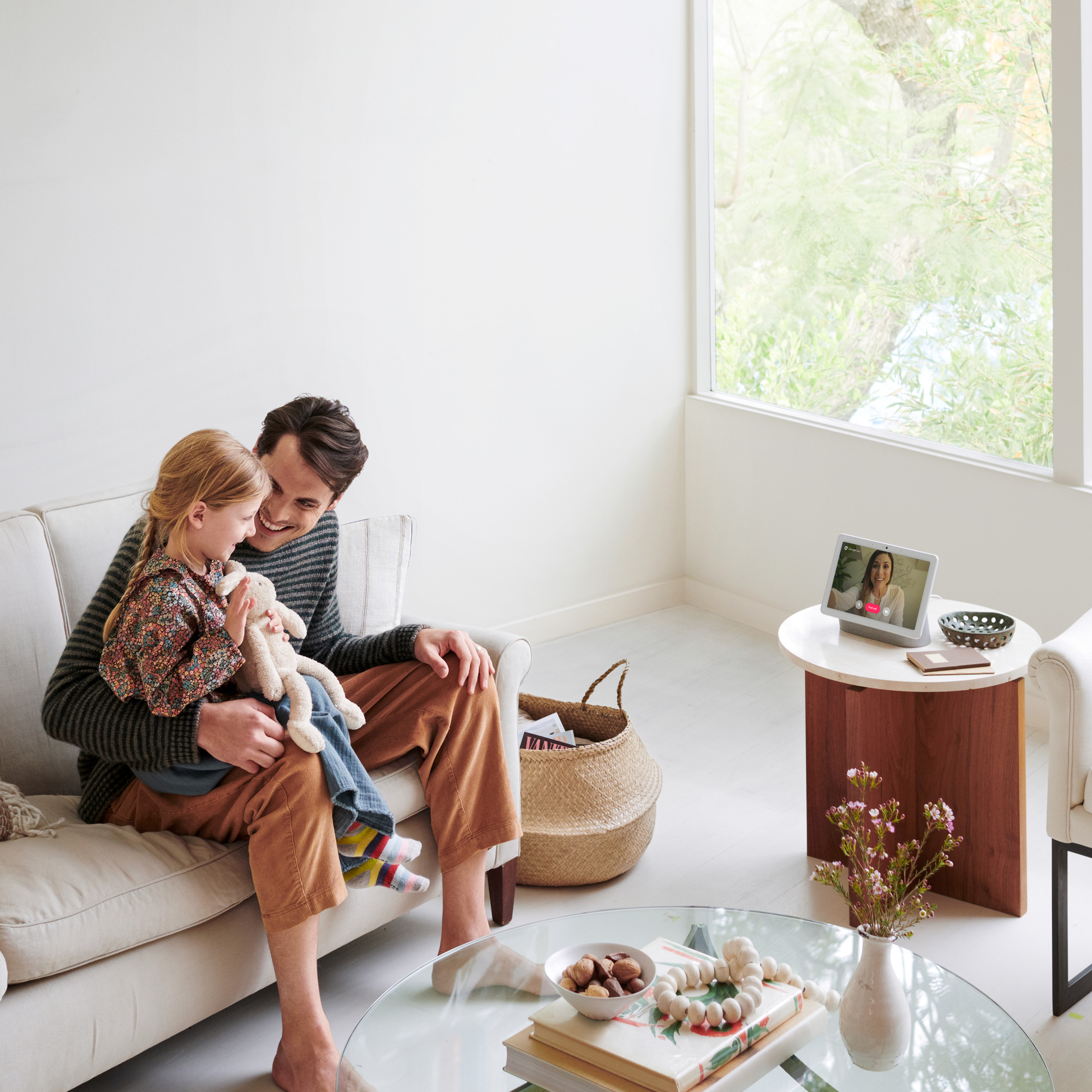
If you have a voice assistant linked to a screen - whether that's a Google Nest Hub or an Alexa Echo Show - you can video call anyone you have in your contacts list. Provided you sync your contacts to the device, you can ask your voice assistant (via the usual initial prompt of 'Hey Google' or 'Alexa') to call anyone you choose.
Get the Ideal Home Newsletter
Sign up to our newsletter for style and decor inspiration, house makeovers, project advice and more.
Google Duo - the program that runs on its Nest Hub and smartphones, is also available online, regardless of what brand computer you have, as a free alternative to Skype and Zoom (and all the rest).
New ways to call

Fancy trying out a new way of calling? There are a several new video calling services to choose from, namely Jitsi Meet and Discord. Notable differences include call lengths and functionality.
Unlike other free video call software, Jitsi won’t end your call after a certain length of time, so you can natter away to Aunt Cathy for as long as you fancy.
Discord, meanwhile, will allow you to video chat and screen share at the same time, perfect if you’re going through your holiday snaps with a family member or showing friends your renovation plans and moodboards.
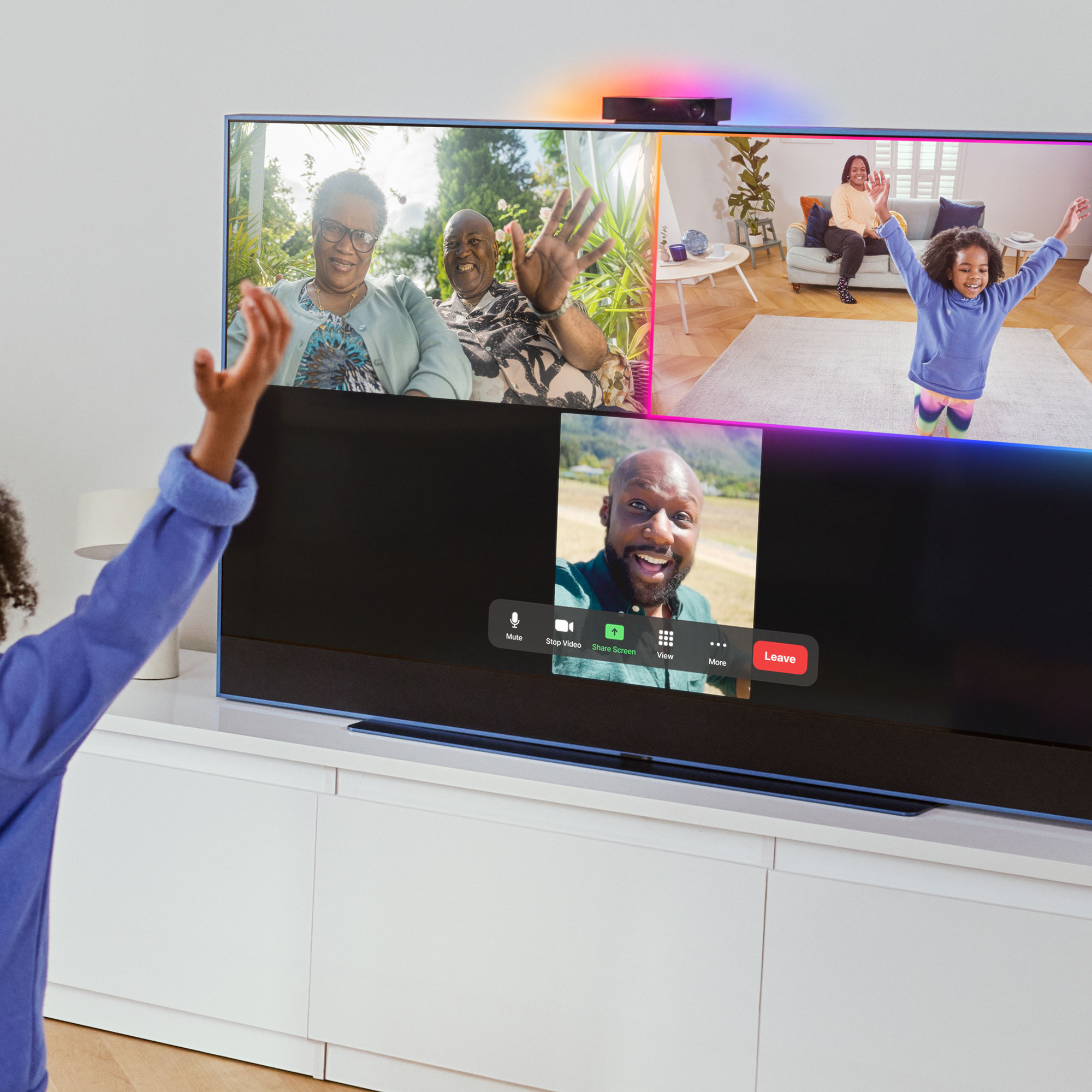
Also worth a mention is Sky Live, the new smart camera with motion control for the Sky Glass TV. Among other things, you can use it to make video calls via Zoom. The wide-angled AI-powered camera lens will detect the people in the call and automatically pan in or out to keep everyone in the frame.
You can speak to anyone who has the Zoom app either on their phone, tablet or on a computer (or a Sky Live device). And if you're on a call but need to move to another room? Provided you have the same Zoom profile on your phone as you do on Sky Live and you're signed into both, you can easily switch from the TV screen to your phone (and visa versa) without dropping the call.
Word up
Worth a special mention is captioning - perfect for the hard of hearing. Aimed at the business market but can be used by anyone, Google Meet, Skype and Zoom all offer live subtitles while you call. As with all instant subtitling, it’s not 100% accurate but it’s super useful if you or others have difficulty following conversations on video call.
Group video calls
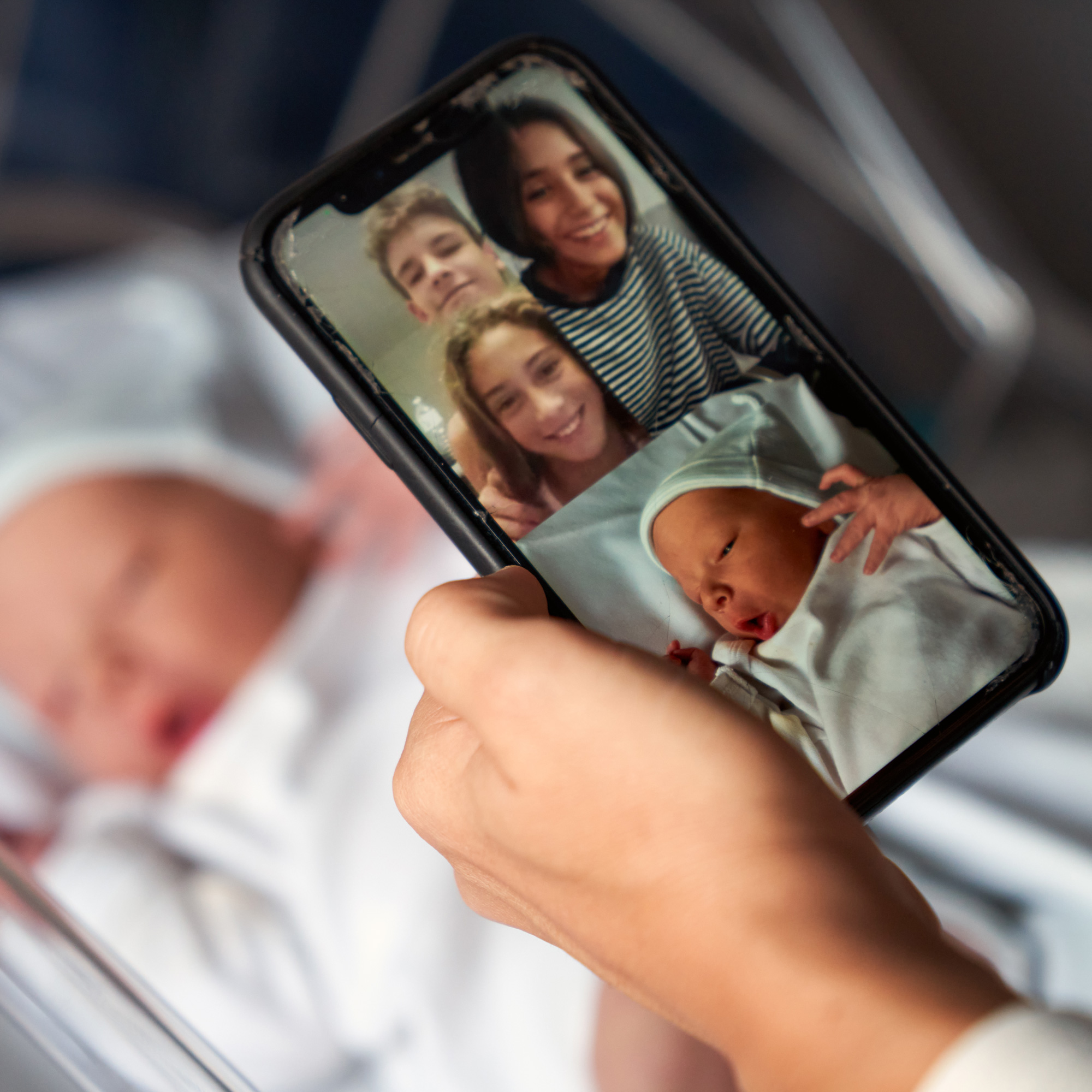
Want to speak to more than one person? Here's how:
- WhatsApp Make a group with all the people you want to group call. Click on the video icon to call them all. Video calls can accommodate up to seven people and up to 32 via audio call.
- FaceTime When in the app, tap the video icon, then ‘New FaceTime’. Choose your contacts (up to 32 per call). Select the video or phone icon depending on whether you want a video or audio call.
- Google Duo Tap ‘New call’ button on the bottom right, then ‘Create group’. Select your contacts, then ‘Done’. Choose the video icon to turn your camera on and start your call by tapping it again.
And above all, don't forget - if your home is looking a little messy, worry not. The majority of video call services will allow you to either choose a random background or upload a picture of your own as a backdrop. Either that or you can simply blur the room out of sight.

Ginevra Benedetti has been the Deputy Editor of Ideal Home magazine since 2021. With a career in magazines spanning nearly twenty years, she has worked for the majority of the UK’s interiors magazines, both as staff and as a freelancer. She first joined the Ideal Home team in 2011, initially as the Deputy Decorating Editor and has never left! She currently oversees the publication of the brand’s magazine each month, from planning through to publication, editing, writing or commissioning the majority of the content.
-
 My go-to Ninja coffee machine is on sale for Easter weekend
My go-to Ninja coffee machine is on sale for Easter weekendIt makes coffee shop quality achievable at home
By Molly Cleary
-
 When to plant out annual flowering plants for vibrant, colourful garden borders – and give them the best start, according to experts
When to plant out annual flowering plants for vibrant, colourful garden borders – and give them the best start, according to expertsNot sure when to plant out annual flowering plants? We've got you covered...
By Kayleigh Dray
-
 I'm a kitchen decor editor and didn't like this tableware trend - until I saw H&M Home's designer-look plates
I'm a kitchen decor editor and didn't like this tableware trend - until I saw H&M Home's designer-look platesThey made it easy to justify a new crockery set
By Holly Cockburn